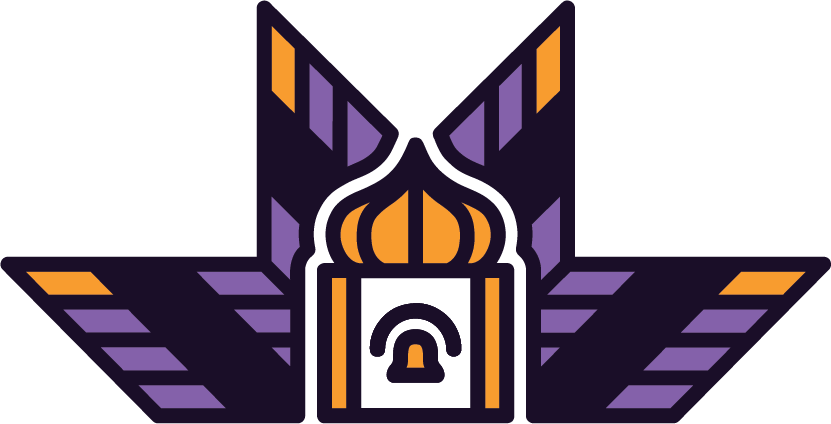History of the Project
Most urban centers in North America have access to quality high-speed Internet connectivity. However, often in low-income pockets of these same cities there are neighbourhoods where residents cannot afford or have other barriers to accessing technology and Internet based resources. The North End of Winnipeg is one of those places. This project aims to identify specific needs and create local resources to overcome these “digital divides”. This project is a collective effort of several local community groups, technical experts, and researchers.
All participating groups share the belief that there is a problem with their client’s ability to access and safely utilize online resources and services and something needs to be done about it. Research shows that local community network projects can work to address both the technical and human constraints and even provide some local economic development along the way.
At this point, we are developing the stakeholders and refining the scope and goals of the project. As we discussed, local, trusted, rooted community groups are needed on the front end to help identify the problem(s), validate assumptions as to the root causes, and advocate for their clients in the development of the plan. These organizations will be those who first benefit from any products and/or services that this project develops by participating in pilot programs and research.
About The North End Connect Logo

The North End Connect project Commisioned renowned local Indigenous artist Leticia Spence to create a meaningful symbol to represent the project. The logo utilizes imagery from the Bell Tower on Selkirk Avenue surrounded by a star blanket pattern. The star blanket represents Sky Woman’s agreement with Grandmother Spider to come down and live upon the earth. They are often gifted to people to honour that person, show respect and admiration, and are a tradition built on generosity. The colour palette is rich, with deeper purples and a golden yellow to provide that contrast, highlighting the tower and the tips of the star blanket.
The bell, now in the Selkirk Tower, was first purchased in 1877 and served in Winnipeg’s Old Market Square and the City Hall nicknamed the “Gingerbread House” for its unique style. For over two decades it rang at noon time, fifteen minutes before stores closed, and fifteen minutes before school started. There were also special occasions such as when the funeral corteges of prominent citizens passed city hall on the way to or from the train station and when political figures died. The bell served as the first form of wireless communication in the city and is an important icon in its new home in the North End.
